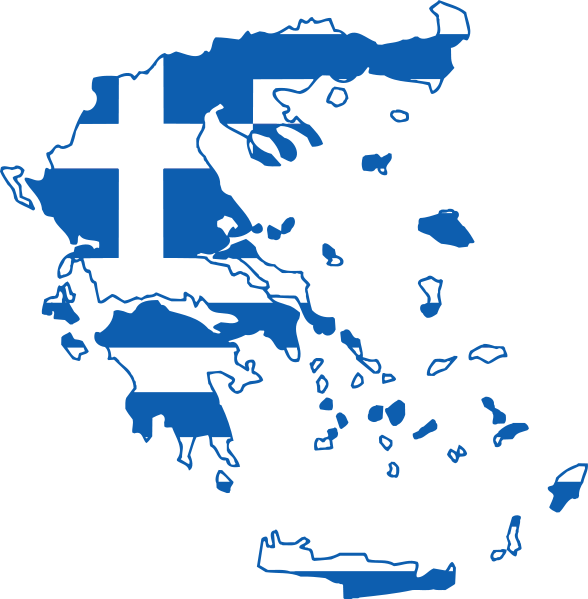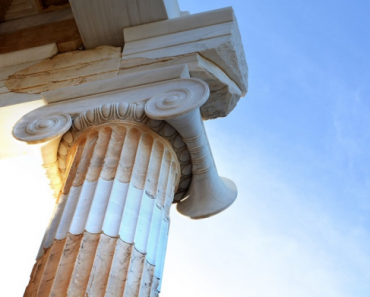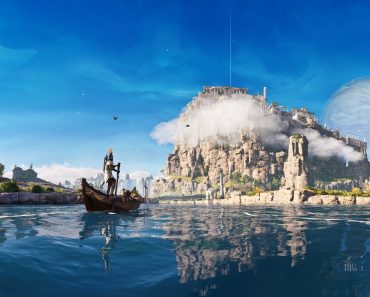The chasm between the West and the Rest of the world has come to its apogee in these difficult days when US fighter jets fly above Isfahan and NATO countries suffer from a rocky paranoia that Russians would cross the lines resembling Rome’s fear towards Barbarians thousands of years ago. Yet, the reality of the West as a concept is more fragile than it seems, at least its genesis is less apparent than how scholars have tried to construct it. The glorification of the West as a distinct civilisation embodying the culmination of what Greeks and Romans achieved in antiquity was the greatest myth created in the 19th century. Throughout the 19th century, colonial administrators of Western empires dedicated their scholarly efforts to rationalizing a fanciful myth that glorified the discipline of Western classics in academia. This narrative portrayed the British as the rightful successors to the legacies of Ancient Greece and Rome. This prevailed myth began to be exposed in the mid-20th century when scholars like Martin Bernal challenged the purity of the classical West contending that its roots were imbued with African heritage. In fact, Bernal opened “Pandora’s Box” as many scholars, particularly from Asia emulated Bernal’s logic hailing their civilizational thinking as the fountain of knowledge.

In the backdrop of such twisted narratives what Josephine Quinn presents in her compelling work “ How the World Made the West: A 4,000 Year History” is gob-smacking as she audaciously denies the existence of civilisational knowledge. This is a contrasting remark to Huntington’s “Clash of the Civilizations” thesis, which predicted that future conflict in the world would occur not between states, but between civilizations such as the West, Islamic and others. Quinn carefully constructs the central thesis that no civilization can exist in isolation; rather, it is the coexistence of multiple civilizations that leads to the development of diverse knowledge systems. She argues that it is misguided to connect Greco-Roman values as a privileged foundation for Western civilization, as both the Greeks and the Romans learned from other cultures. For instance, the Greeks borrowed irrigation techniques from the Assyrians and were taught sculpture by the Egyptians. When Rome rose to global power after the Punic Wars, it too benefited from cultural learning, incorporating knowledge and practices from the Greeks and other cultures into its own progress.
The book is marvelously rich in the tapestry of historical details presented by Quinn as a knitted necklace proving how cultures were interwoven regardless of topographical divisions. Yet she unveils that the creation of the West did not abruptly arise in the 19th century as she meticulously explains the earliest binary polarity setting Europe against Asia from the 4th century BC onwards. It was Herodotus the historian who laid the primary foundation for the division between Asians and Greeks in a scenario in which Persians were depicted as Barbarians. But the term Barbarians simply denoted the community who did not speak Greek. In her most vivid illustration of Greek-Persian rivalry, Quinn argues that Greek feeling of superiority stemmed later from their triumph over the Persians, especially after the Battle of Salamis. Taking Aeschylus’ play Persians as an ideal example, she shows the level of condescending attitude developed within Athens towards Persians in the aftermath of the Greek victory in the 5th century BC.
Nonetheless, there was no unanimity in admitting this schism as Greeks continued their hobnobbing with non-Greeks, especially after Alexander’s conquest of the Persian empire. His conquest of Persia and Indian campaign was emblematic of a greater cultural integration wherein Alexander brought Indo-Persian customs to the Greek-speaking world, which set the path for a new kind of cosmopolitanism. Perhaps this was the first attempt in global history to enunciate multiculturalism before liberals in the 20th century advocated for it.
Cultural influences that spanned Europe, Asia, and Africa did not diminish following the fall of Rome, nor did they decline with the rise of Islam in the 6th century AD. Quinn argues that the Black Death, commonly known as the Plague, was a catalytic factor that intensified the breakdown of intercultural assimilations. The Black Death spread rapidly, as medieval globalization facilitated its transmission through traders, diplomats, and missionaries, much like how COVID-19 spread around the world due to modern globalization. But, Quinn’s analysis of the Black Death scenario discloses how intercultural connectivity before the 13th century produced a common thread of sociocultural links in abundance. At the same time, the catastrophic effects emanated from the plague put the closure to all those intercultural links, which resulted in the emergence of humanism in the 15th century with a focus on Greco-Roman antiquity as the perfection of mankind.
Quinn rejects this notion as a complete distortion of history and bravely claims that conversion, commerce and theft helped to create what we call the West now for millennia. This astounding analysis enlightens the reader to unpack ignorance of what we have trusted so far on the influence of Greco-Roman civility on the sanguine status of the West. This narrative only emerged after the 15th century, particularly after Europe expelled Jews and Muslims from the continent paving the path to form the notion of “other”. Classicists in the 19th century who invoked the classical spirit piling them to either Britain or France made a blunder as their construction of the West reinforced them with notions of civilizations and racial hierarchy, which resulted in the ultimate glorification of Western Civilization. The myth adored by colonial historians like Edward Creasy, Gibbon and Macaulay has been rebutted by Quinn in this work, which truly deserves to be admired as a timely contribution to the scholarship.
However, it should be noted that Josephine Quinn is not the first scholar to make such a narrative challenging civilizational thinking as I have previously come across lesser-known scholars like Susantha Goonatilake from Sri Lanka who ardently refuted the authenticity of Greco-Roman influence upon carving what we know as West. In his book written almost 25years ago called “Mining Civilizational Knowledge “, Goonatilake pointed out that knowledge in the ancient world was transferred from one culture to another which resembles the same narrative that Quinn presents, except the fact that Quinn denies supporting the view on civilizational knowledge. Perhaps Goonatilake work would have been a much-acclaimed contribution if he had geographically positioned himself as a faculty in Oxbridge or one of the Ivy League universities in the West, which is beyond any conjecture a yardstick for recognition in academia today proving West’s dominance in the globe. All in all, Josephine Quinn’s work is a heavyweight contribution that will augment the space for alternative thinking challenging the many things we reverently adore.
Subscribe to Our Newsletter
Get the latest CounterCurrents updates delivered straight to your inbox.
Dr. Punsara Amarasinghe is a lecturer at the Faculty of Law, General Sir John Kotelawala Defence University







